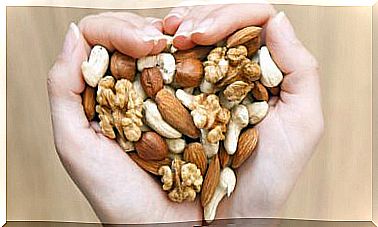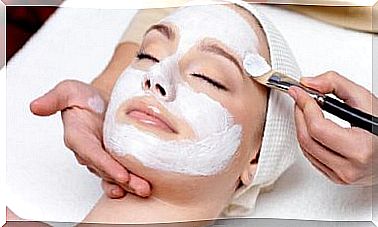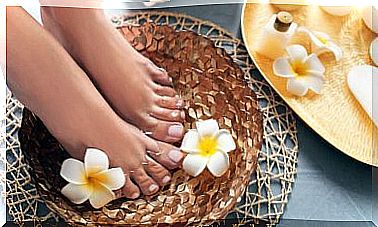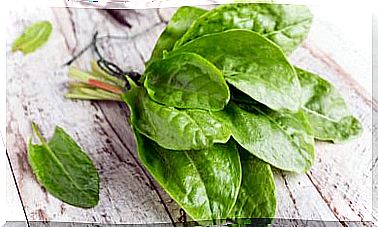Psoriasis In Children: How To Deal With It?
Psoriasis is an inflammatory disease of autoimmune and chronic origin. Because scales appear on the skin, it can affect the child’s psychology, so they have to be supported in every way.
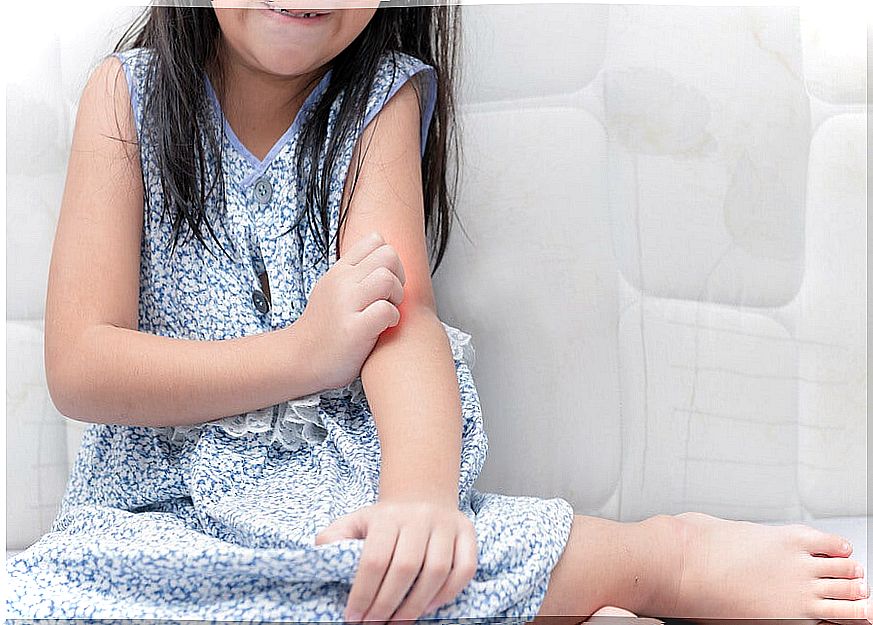
Psoriasis is a disease that affects both men and women. It usually affects 2 to 4% of the population, as this work published in the Argentine Dermatology journal points out , and its incidence is much lower in children. In this article, we will try to explain in a simple way what psoriasis is, what are its symptoms, treatments and prevention in children.
Psoriasis
It is an inflammatory disease of the skin of autoimmune origin. It is characterized by causing redness and scaly skin. Although it is not contagious, it is a hereditary and chronic disorder, as evidenced by this article published in the journal Medisan .
In general, a healthy body produces normal skin cells every 3 to 4 weeks. In the case of psoriasis, these cells are produced much faster, every 15 days or so, so that dead cells accumulate in the form of scales on the surface of the skin. And so this information provided by the Mayo Clinic points out.
On the other hand, psoriasis can affect any part of the body. However, it usually appears in the area of the elbows, hands, belly or back. In addition, it is a common condition, which usually appears from adolescence, although it can be suffered at any age, which is why psoriasis can also occur in children.
Triggers
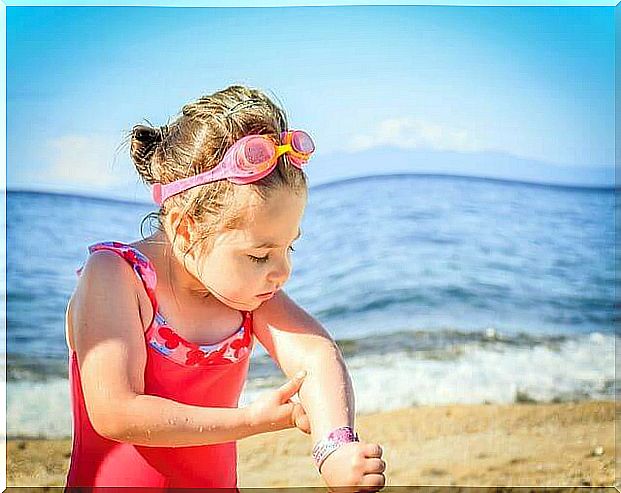
There are some factors that can trigger a psoriasis outbreak or make it worse. Among them, we can highlight the following:
- Bacterial or viral or fungal infections.
- Trauma or injury to the skin.
- Psychological factors, especially stress.
- Excessive exposure to sunlight (burns).
- Lack of sunlight (cold weather).
Clinical manifestations of psoriasis in children
The clinical manifestations of psoriasis in children are usually the same as those in adults, as evidenced by this study published in the Cuban Journal of Hematology, Immunology and Hemotherapy . However, among the smallest, the most common forms of psoriasis are usually the following:
- Plaque psoriasis. Erythematous plaques of different sizes appear with silver-gray scales. They usually appear on the elbows, knees and trunk. In addition, this type of injury can exclusively affect the scalp.
- Guttate psoriasis ( guttate psoriasis). It is the most common form in children and young adults. In general, it usually appears suddenly after an infection. It appears in the form of small papules, 2-10 millimeters, that usually affect the trunk and extremities. However, they can also affect the scalp.
- Inverted psoriasis. This type of psoriasis is uncommon in children, although the well-known “diaper rash” is included in this group, as evidenced by this article published in the journal Pediatría Integral .
Treatment of psoriasis in children
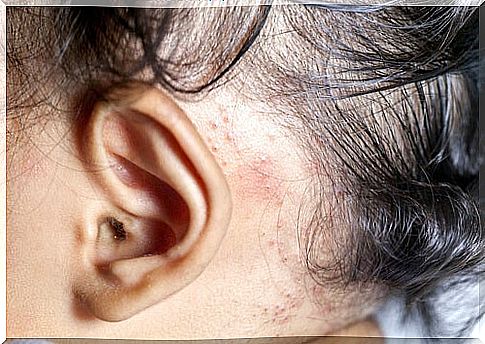
First of all, it is necessary to go to a healthcare professional. Only the pediatrician can diagnose psoriasis and, from there, indicate the appropriate treatment for each case, as evidenced by this information provided by the Spanish Association of Pediatrics.
In general, the pediatrician may indicate a therapy based on moisturizers or other types of topical treatments, such as salicylic acid, for example.
In any case, it must be taken into account that psoriasis can appear suddenly and fill the child with scales and affect its aesthetics, especially if the psoriasis is generalized.
For this reason, it is very important to help the child to overcome and accept the problem and also to support him psychologically. It is essential to boost your self-esteem. In addition, it is necessary to explain to him that the treatment will be beneficial for him and that the scales and discomfort may disappear, even if it is a chronic condition.
Regarding psoriasis in children …
In short, due to its autoimmune origin and the great diversity of factors that can cause it, it is best to act quickly and prevent triggers, such as stress, sunburn, skin lesions, drugs, etc.
However, some of the recommendations that can be carried out for this are the following:
- At bath time, use a very mild bath gel. Also, remove it very well when rinsing.
- Since the cold can worsen the condition, bundle up warmly and preferably use natural fibers. Specifically, the most recommended are cotton garments.
- Follow the treatment indicated by the doctor.
- Especially in the case of children, always consult your pediatrician before starting the application of any home or natural remedy.
- Support the child at all times.
We hope that all of this information will help you better understand this condition. However, in case you have any questions about it, it is best to always consult a healthcare professional.

